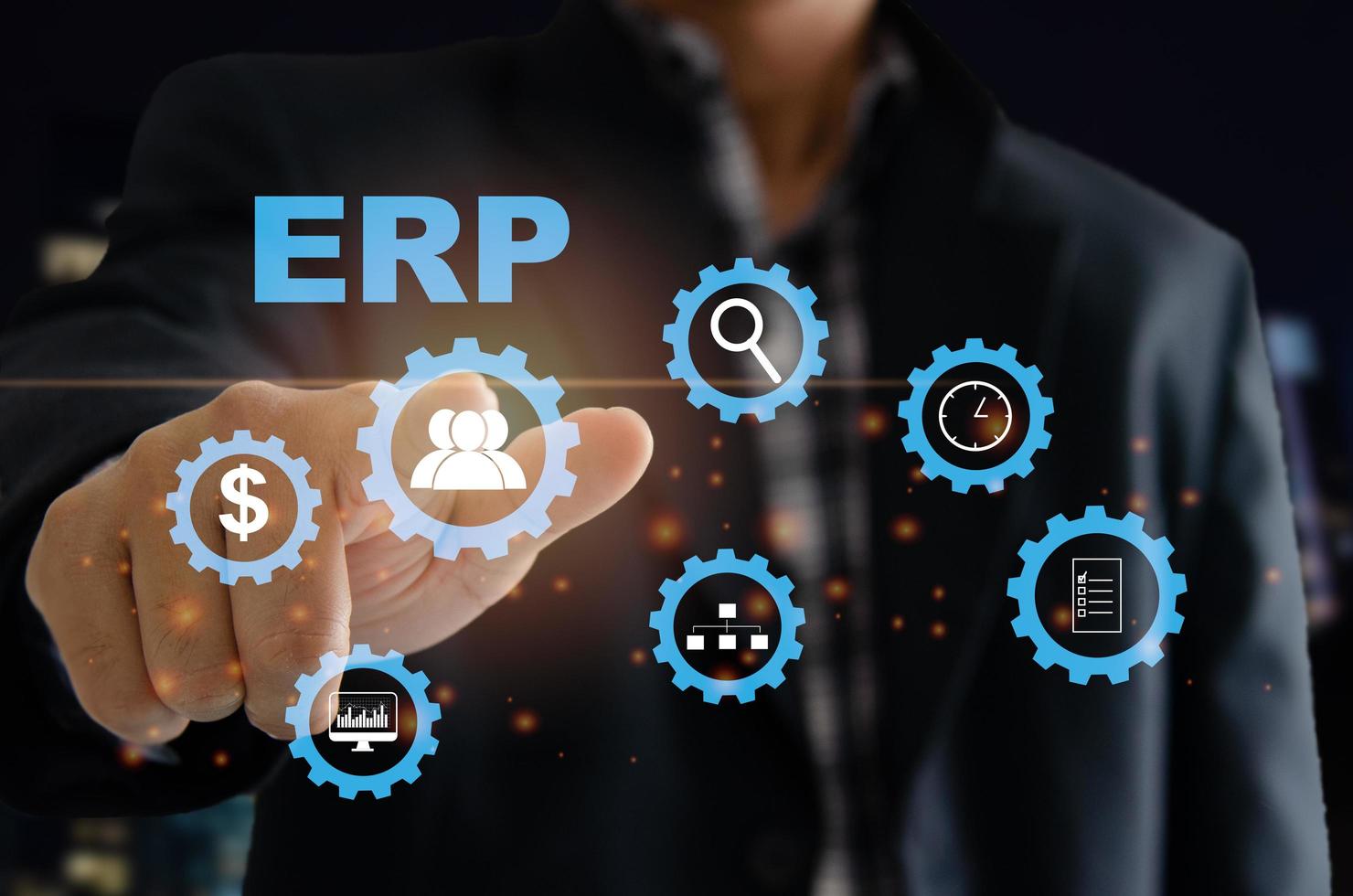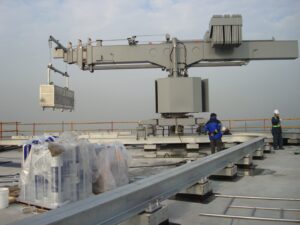Understanding All-in-one ERP Solutions
Understanding the intricacies of All-in-one ERP solutions is essential for modern businesses looking to streamline their operations and enhance efficiency. In its essence, an All-in-one ERP solution is a comprehensive software system designed to integrate and automate various business processes across departments. These solutions typically encompass a wide range of functionalities, including financial management, project management, sales and service management, operations management, supply chain management, and reporting and analytics. By consolidating these functions into a single platform, businesses can achieve greater cohesion and efficiency in their operations.
Benefits of Adopting an All-in-one ERP Solution
The adoption of an All-in-one ERP solution offers a multitude of benefits for businesses of all sizes. One of the primary advantages is the streamlining of operations, as disparate systems and processes are consolidated into a single platform. This consolidation leads to enhanced efficiency and productivity, as employees no longer need to switch between multiple systems to complete tasks. Additionally, All-in-one ERP solutions facilitate seamless integration between different departments, ensuring that data flows smoothly across the organization. Real-time insights and reporting capabilities further empower businesses to make informed decisions and respond swiftly to changing market conditions.
Exploring Key Features and Capabilities
Key features and capabilities of All-in-one ERP solutions play a crucial role in driving efficiency and effectiveness within organizations. These solutions offer unified business processes, enabling seamless collaboration and communication across departments. Integration with productivity tools such as Microsoft Outlook, Excel, and Power BI enhances user experience and simplifies workflow management. Moreover, mobile compatibility and accessibility empower employees to access critical information and perform tasks on the go, increasing agility and responsiveness. Advanced features such as project management and workflow automation further streamline operations and drive operational excellence.
Implementation and Adoption Strategies
Successfully implementing and adopting an All-in-one ERP solution requires careful planning and execution. Businesses should start by assessing their organizational needs and requirements to determine the most suitable solution. Selecting the right All-in-one ERP solution is crucial, as it will form the foundation of the organization’s digital infrastructure. Once selected, businesses should develop a comprehensive implementation plan, taking into account factors such as timeline, budget, and resource allocation. Training and change management initiatives are essential to ensure that employees are equipped with the necessary skills and knowledge to leverage the new system effectively. Finally, continuous improvement and adaptation are key to maximizing the benefits of the All-in-one ERP solution over time.
Future Trends and Innovations in All-in-one ERP Solutions
Looking ahead, All-in-one ERP solutions are poised to evolve and adapt to meet the changing needs of businesses in the digital age. Emerging technologies such as artificial intelligence (AI) and machine learning hold the potential to revolutionize ERP systems by automating routine tasks and providing predictive insights. Enhanced mobile capabilities will enable employees to access ERP systems from anywhere, anytime, further increasing flexibility and agility. Blockchain technology is also expected to play a significant role in supply chain management, providing greater transparency and security across the supply chain. Predictive analytics will empower businesses to anticipate market trends and customer preferences, enabling them to stay ahead of the competition. Overall, All-in-one ERP solutions will continue to evolve and innovate, driving efficiency and effectiveness in businesses worldwide.




